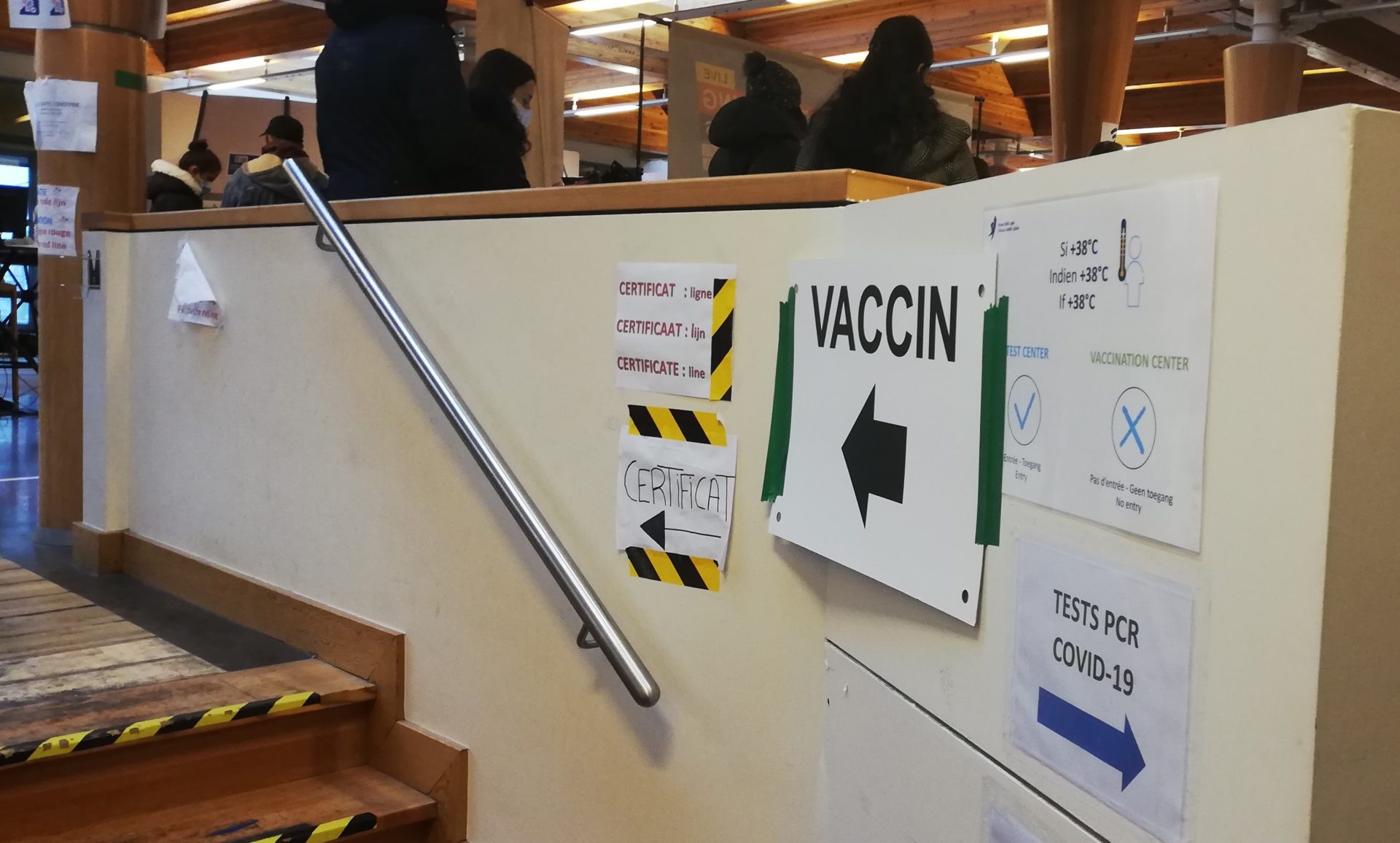The number of people being hospitalised due to a Covid infection or testing positive with the coronavirus in hospital has once again surpassed 2,500.
Between 17 and 23 March, an average of 183.1 patients suffering from Covid-19 were admitted to hospitals each day – an increase of 14% on the seven days previous, according to the figures published by the Sciensano Public Health Institute on Thursday morning.
This number reflects how many people end up in hospital specifically because of the virus, not those who are admitted with another condition and then test positive for the coronavirus.
On Wednesday, a total of 2,597 people were in Belgian hospitals due to an infection, 84 more than on Tuesday, and around the same number as one month ago. Meanwhile, the number of people being treated in intensive care dropped by seven to 171, down from almost 300 one month ago.
This number covers all patients who tested positive for Covid-19, including those who were first admitted with a different condition.
More than 10,000 new cases
Between 14 and 20 March, an average of 10,090 new coronavirus infections were identified every day, a 24% increase on the previous seven days.
The Omicron BA.2 variant, which is accounting for 81.4% of all cases and is a highly transmissible Omicron subvariant, has been blamed for the increase in new cases.
The average number of PCR tests taken per day in the same period inclined by 8% to 37,690.3 The positivity rate now sits at 28.9%, meaning more than almost three out of ten tests has a positive result.

Pacheco test and vaccination centre in Brussels. Credit: The Brussels Times/ Lauren Walker
The rise in the coronavirus figures across multiple countries, in synch with the lifting of most measures, has been criticised by WHO Europe Director Hans Kluge, who said many countries “are lifting restrictions brutally, from too much to too few.”
After rising slightly, the number of Covid-19 deaths seems to be decreasing again. During the same week, an average of 18.6 Covid-19 patients died on a daily basis, a decrease of 9%. The total number of deaths in Belgium since the start of the pandemic amounts to 30,635.
This figure also includes people who died of another cause of death, but who happened to be infected, meaning they are an overestimate of the deaths caused by the virus.
Reproduction rate, incidence, and total vaccinations
The reproduction rate (Rt) now sits at 1.09. This figure represents the average number of people that contract the virus from each infected person. When it is above 1, it means that the epidemic is gaining ground in Belgium.
The incidence (the number of new cases per 100,000 inhabitants) has once again started to rise rapidly and now sits at 1,108 over the past 14 days.
Related News
- No legal basis for face mask requirement on Brussels public transport
- Flanders sets up medical screening for Ukrainian refugees
As of Monday, more than 9.12 million people are fully vaccinated – 89% of Belgium's adult population and 79% of the total population.
Meanwhile, almost 7.1 million people have received a booster dose of a coronavirus vaccine, representing 75% of over-18s and 62% of the entire population. The majority of adults should have had the opportunity to get a booster dose by March 2022.
While neighbouring France and the UK are already giving people a fourth vaccine dose, Belgium has said it will not extend fourth doses beyond those with reduced immunity for the time being as there is too little scientific evidence to justify a fourth shot for the general population.

